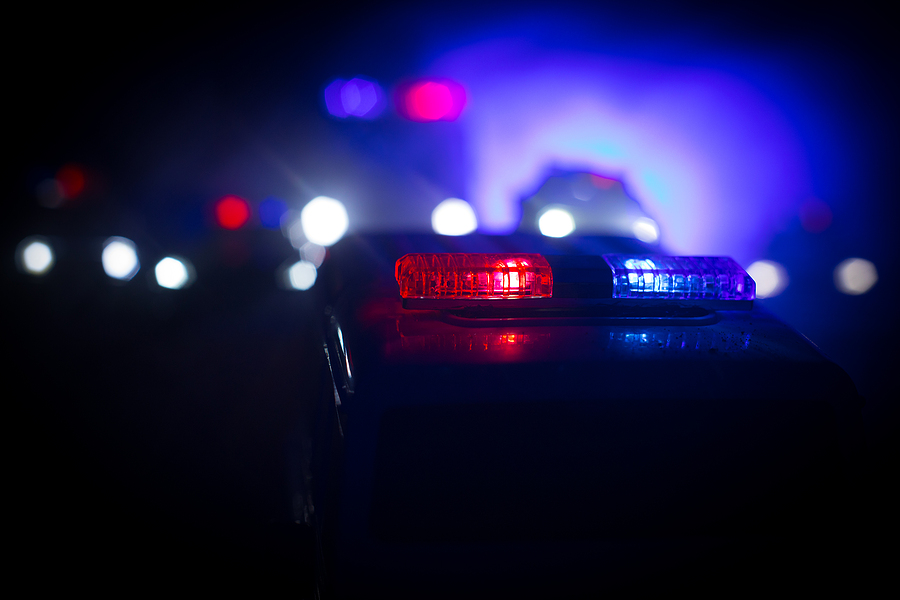Every year, more than 100,000 people are involved in vehicle crashes across Pennsylvania, with hundreds and hundreds of them dying. Law enforcement officials say, and data show, that speeding is one of the biggest contributing factors in those deaths.
To combat the problem, State Police and dozens of police departments across southeast Pennsylvania have teamed up as part of PennDOT’s coordinated effort to target drivers breaking traffic laws.
Pennsylvania’s fatality rate has been below the national average for much of the last few decades as roadways have gotten safer. Fatal crashes in Pennsylvania hit an all-time low in 2019 with 1,059, the lowest number since record-keeping began nearly 100 years ago.
Yet they have been rising since. In 2021, the latest year of available data, they jumped 9 percent from the previous year to 1,230, according to a survey from PennDot.
Philadelphia, Lancaster, and Allegheny topped PennDot’s list of counties with the most fatal crashes. Montgomery and Bucks Counties were among the worst in the number of reported crashes in 2021, according to the data.
Speed and distracted driving often contribute to many crashes, Abington Police Sgt. Troy Senne told DVJournal.
“It’s a little easier to spot during the day – people just sitting with their heads buried in their phones,” he said, adding said his department has had great success with PennDOT’s program.
Law enforcement in Abington, which is among the 80 departments taking part in statewide traffic operation, told DVJournal they have already had four traffic fatalities since December, including two involving pedestrians.
Typically, Route 611 (Old York Road) and Township Line Road are among the areas that see some of the worst accidents, Senne said. Speeders often cite being late for work or appointments as why they were going too fast.
Last year, Abington had about 1,000 crashes, down from 1,200 the year before. The department uses crash data to identify hotspots and determine where to set up speed traps.
In a recent survey, the National Highway Traffic Safety Administration looked at 80 studies that examined the relationship between enforcement efforts and safety outcomes. It found a “positive and statistically significant” increase in seatbelt use when there were more checkpoints.
The same couldn’t be said for enforcement campaigns related to alcohol, speeding, and aggressive driving, according to the NHTSA, though researchers said that could be attributed to the “small number of studies that provided sufficient information upon which to make cross-study comparisons.”
According to a Forbes analysis, speeding accounted for nearly 30 percent of fatal crashes in the U.S. in 2020. According to Forbes, Pennsylvania was the third-deadliest state when it comes to speeding, with 41 percent of its crash-related fatalities involving speeding in 2020.
Locally, a notoriously dangerous 14-mile stretch of Roosevelt Boulevard that cuts through some of Philadelphia’s most diverse neighborhoods has long been regarded as the “corridor of death.”
City officials and safety advocates agree that Roosevelt should be overhauled to make it safer for drivers and pedestrians, though that’s likely to cost billions of dollars. As a shorter-term fix, speed cameras were installed at eight intersections in 2020.
Since then, state officials reported a 36 percent drop in crashes compared to the rest of Philadelphia, along with a 17 percent drop in speed-related crashes. About $13 million from the red-light program is being reinvested into improving Roosevelt Boulevard.
Abington Police noticed more aggressive drivers during the pandemic when fewer people were out on the roadways and police weren’t out as much enforcing traffic laws. The trend has continued today, Senne said.
“I don’t think that mentality has changed,” he said. “They’re just going to drive how they need to.”
Please follow DVJournal on social media: Twitter@DVJournal or Facebook.com/DelawareValleyJournal

